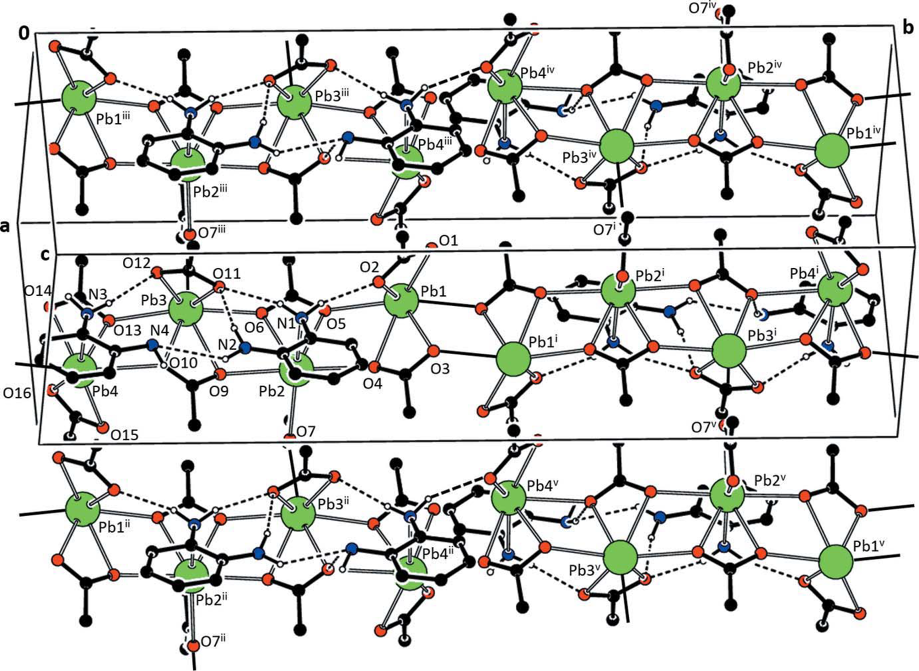Research Interests
Current Research Projects
Small molecule X-ray crystallography
Using the technique of X-ray crystallography, we explore the detailed structures of organic compounds and transition metal complexes of biological interest. Our work has focused on two areas: substituted benzimidazoles and zinc compounds. Benzimidazole derivatives have numerous pharmacological uses. Zinc plays an important role in structural biochemistry (e.g., zinc fingers) and in enzymes (e.g., carbonic anhydrase). Examples of each obtained in our laboratory are shown below.
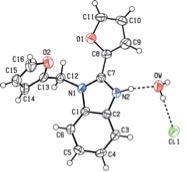
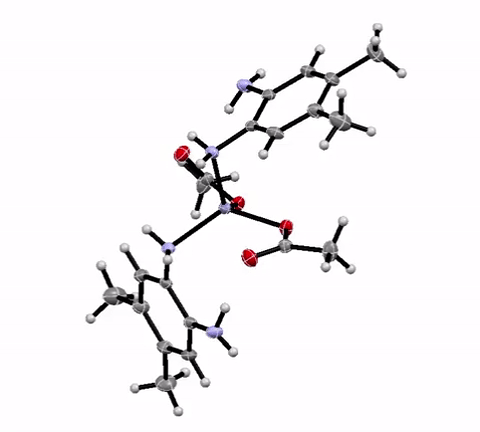
Calculation of weak intermolecular interaction energies
C-H…π and π…π, as well as nontraditional hydrogen bonding interactions (e.g., C-H…N) play an important role in protein-drug binding and in crystal engineering. Using density functional theory (DFT) and energy framework calculations on compounds we have explored using X-ray crystallographic techniques, we seek to understand the mechanical and chemical properties of solids and gels. The figures below show examples of the types of interactions we explore.
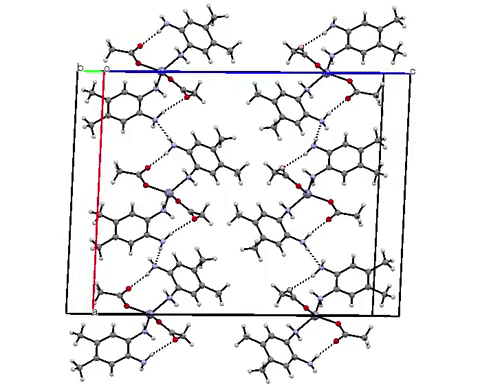
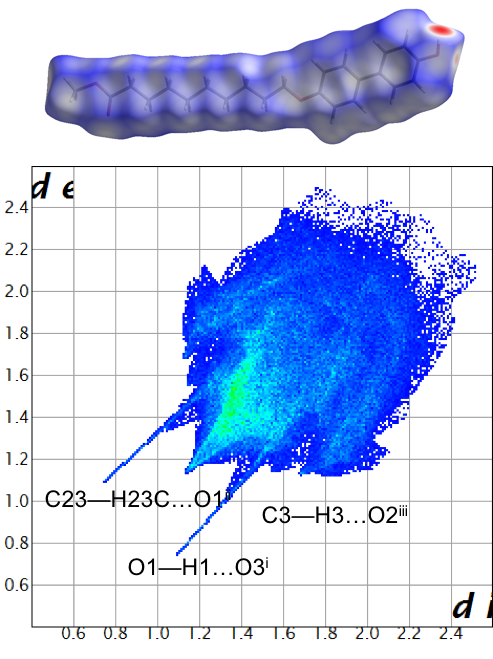
Organometallic polymers and metal organic frameworks
Coordination complexes employing ligands capable of bridging two or more metal atoms can be used to form polymeric compounds and/or extended structures based on the metal and framework ligands, metal organic frameworks (MOFs). These compounds are of inherent interest as catalysts (they can hold substrate molecules in close proximity) and as small molecule storage systems (e.g., hydrogen storage, carbon dioxide sequestration, etc.). Below is an example of a lead MOF. This compound was synthesized and characterized in our laboratory.
